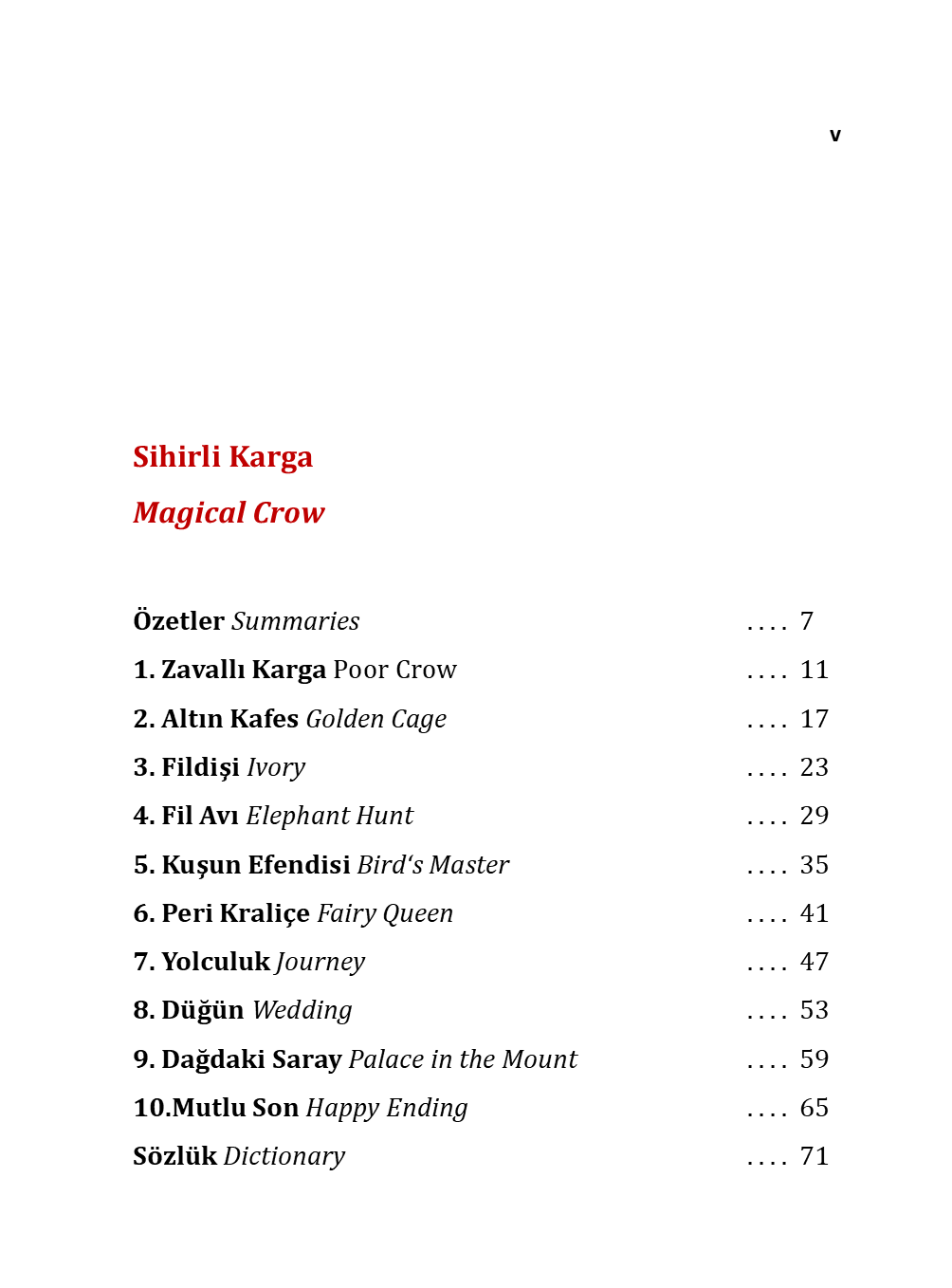
Mardin: Turkey’s Mesopotamian Masterpiece
Perched on a strategic hilltop overlooking the vast, sun-baked plains of Mesopotamia, the ancient city of Mardin is not just a destination; it is a living manuscript. Every golden stone, every narrow alleyway, every whispered prayer from a minaret or church bell tells a story millennia in the making. This is not the Turkey of postcard-perfect beaches and bustling bazaars alone; this is a profound cultural crossroads, a place where East truly meets West, and where history feels palpably alive.
For the discerning traveler seeking an authentic experience, a Mardin travel guide is your key to unlocking one of Turkey's most captivating and unique travel destinations. This comprehensive guide will walk you through the magic of this ancient city, its rich cultural heritage, unmissable sights, and delectable Mardin cuisine.
Mardin: A Journey Through Time in Turkey’s Mesopotamian Masterpiece
The Lay of the Land: Where History and Geography Collide

Mardin’s grandeur begins with its location. Situated in Southeastern Anatolia, the city cascades down the southern slopes of the Mardin Mountain, creating a breathtaking terraced city appearance. Its strategic position overlooking the Mesopotamian plains has made it a coveted prize for empires throughout history. From this vantage point, you gaze upon the same lands that nurtured the earliest civilizations—Sumerians, Akkadians, Babylonians, and Assyrians all walked this earth.
This geographic significance is the root of Mardin’s unique identity. It served as a critical hub on the Silk Road, welcoming caravans of traders, scholars, and artisans. This constant flow of people and ideas forged a remarkably diverse and tolerant society, a legacy that persists today. The city’s old town, a UNESCO World Heritage Tentative site, is a masterpiece of Islamic architecture and urban planning, with its honey-colored limestone buildings seeming to grow organically from the mountain itself.
A Tapestry of Faiths: The Religious Heritage of Mardin

One of the most defining aspects of Mardin tourism is its incredible religious diversity. For centuries, it has been a harmonious home to Muslims, various Christian denominations (Syriac Orthodox, Armenian Apostolic, Chaldean Catholic), and Yazidis. This interfaith dialogue is etched into the very skyline of the city.
The Great Mosque (Ulu Cami)

Dating back to the 12th-century Artuqid period, this mosque is a stunning example of Seljuk-era architecture. Its intricately carved minaret dominates the cityscape and serves as a silent witness to the ebb and flow of history.
Deyrulzafaran Monastery (Mor Hananyo)

Located just a few kilometers from the city center, this is one of the most important sites for Syriac Orthodox culture. For over a millennium, this was the seat of the Syriac Orthodox Patriarch. The monastery, built on a 4th-century Sun temple, is an architectural marvel. Its name, meaning "Saffron Monastery," comes from the warm, golden hue of its stone. Walking through its ancient corridors, visiting its captivating church, and feeling the profound silence of its chambers is a spiritual experience, regardless of your faith. It is an absolute must-see on any Mardin cultural tour.
Mor Behnam Church (Kırklar Kilisesi)

Also known as the Forty Martyrs Church, this 6th-century Syriac Catholic church lies within the old city. It’s a beautiful, active church that exemplifies the deep-rooted Christian history of the region.
Zinciriye Medresesi

This 14th-century Islamic theological school is not only a place of learning but also offers one of the most spectacular panoramic views of Mardin and the Mesopotamian plains beyond. Its courtyard and "iwan" (vaulted hall) are adorned with exquisite stone carvings, a testament to the artistry of the Artuqid dynasty.
This peaceful coexistence of mosques and churches, often just streets apart, is the very soul of Mardin and a powerful testament to the possibility of multicultural harmony.
Getting Lost in the Old City: A Labyrinth of Stone and Story

The best way to experience Mardin is to forgo the map and simply wander. The old town of Mardin is a labyrinth of steep, narrow streets, staircases, and arched passages. As you explore, you'll be enveloped in an atmosphere that feels suspended in time.
The Art of Stone

The local limestone, known as Mardin stone, is soft and malleable when quarried but hardens over time. This allowed artisans to create breathtakingly intricate filigree stonework on the facades of centuries-old mansions. Look for the ornate carvings of geometric patterns, vines, and local symbols that adorn these historic homes, many of which have been restored into charming boutique hotels.
Mardin Mansions (Konuk Evi)

These traditional houses are architectural wonders. Designed with internal courtyards for privacy and climate control, they feature beautiful "revak" (arched colonnades) and "iwans". Staying in a restored Mardin boutique hotel within one of these mansions is an integral part of the experience, allowing you to live within the history you came to see.
The Bazaar (Reyhaniye Çarşısı)

No Turkish city is complete without its bazaar. Mardin’s market is a vibrant, sensory delight. The air is thick with the scent of spices, soap, and leather. Here, you can find local specialties beyond the typical souvenirs. Look for:
- Mardin Soap Famous for its olive oil base and natural fragrances.
- Badem Şekeri A local almond candy.
- Silver Filigree Jewelry Intricate workmanship passed down through generations.
- Copperware Beautifully hand-hammered pots and decorative items.
Engaging with the shopkeepers, sipping a cup of tea, and simply observing the daily rhythm of life is a highlight of any visit.
A Culinary Pilgrimage: The Flavors of Mardin Cuisine

The cultural mosaic of Mardin is deliciously reflected in its food. Mardin cuisine is a rich, aromatic blend of Turkish, Kurdish, Arab, and Syriac influences, offering a unique culinary journey for foodies.
- Ikbebet Often called "Syriac pizza," this is a flatbread topped with minced meat, onions, and a blend of local spices. It’s a staple and a must-try.
- Kiliçe A sweet, spiced bread, similar to a soft pretzel, often enjoyed during holidays and special occasions.
- Sembusek A boat-shaped, fried pastry filled with minced meat and parsley, a close cousin of the more widely known "lahmacun" but with a distinct local twist.
- Mardin Kebab Lamb is king here, and the local kebabs are marinated in a unique blend of spices that sets them apart from other regional varieties.
- Syriac Wine The local Christian communities have a long tradition of winemaking. Don’t miss the opportunity to try a glass of their robust, homemade-style wine.
For the full experience, book a Mardin food tour or simply be adventurous and step into a local "lokanta" (eatery). The hospitality of the people is as warm as the food is flavorful.
Venturing Beyond the City: Day Trips from Mardin
While the city itself could occupy you for days, the surrounding Mardin province is dotted with historical gems.
Dara Ancient City

Located about 30 km southeast, Dara was once a mighty Byzantine fortress city, rivaling Edessa (Şanlıurfa) in its importance. Today, you can explore the extensive ruins, including rock-cut tombs, ancient bridges, massive cisterns, and the remnants of city walls. It offers a fascinating glimpse into the late Roman and early Byzantine era.
Midyat

A short drive from Mardin, Midyat is often considered a sister city. It’s famous for its own stunning old town, with even more elaborate stonework, and as the home of Mor Gabriel Monastery, one of the oldest surviving Syriac Orthodox monasteries in the world, founded in 397 AD. The drive between Mardin and Midyat alone, through rolling hills and ancient villages, is spectacular.
Practical Tips for Your Mardin Travel
- Best Time to Visit Spring (April-May) and Autumn (September-October) offer the most pleasant weather for exploring the hilly streets. Summers can be extremely hot.
- Getting There The nearest airport is Mardin Airport (MQM), with flights from Istanbul and Ankara. You can also fly into Şanlıurfa GAP Airport (GNY) and drive.
- Getting Around The old city is best explored on foot. For day trips to Dara, Midyat, and Deyrulzafaran, hiring a taxi or joining a guided tour is recommended.
- What to Buy Beyond the items in the bazaar, look for authentic Mardin souvenirs like hand-woven textiles and local spices.
- Cultural Sensitivity Mardin is a conservative region. Dressing modestly is recommended and appreciated, especially when visiting religious sites.
Conclusion: The Unforgettable Allure of the Stone City

Mardin is more than a checklist of sights; it is a feeling. It’s the warmth of the sun on ancient stone, the haunting call to prayer echoing over a landscape that birthed civilization, the taste of spices that have traveled the Silk Road, and the profound sense of walking in the footsteps of countless generations.
In a world that often feels increasingly divided, Mardin stands as a beautiful, enduring symbol of coexistence. It is a hidden gem of Turkey that rewards the curious traveler with an experience that is as deep as it is unforgettable. It’s not just a place you see; it’s a place you feel in your soul. So, pack your sense of adventure and prepare to be enchanted by the timeless magic of Mardin.













